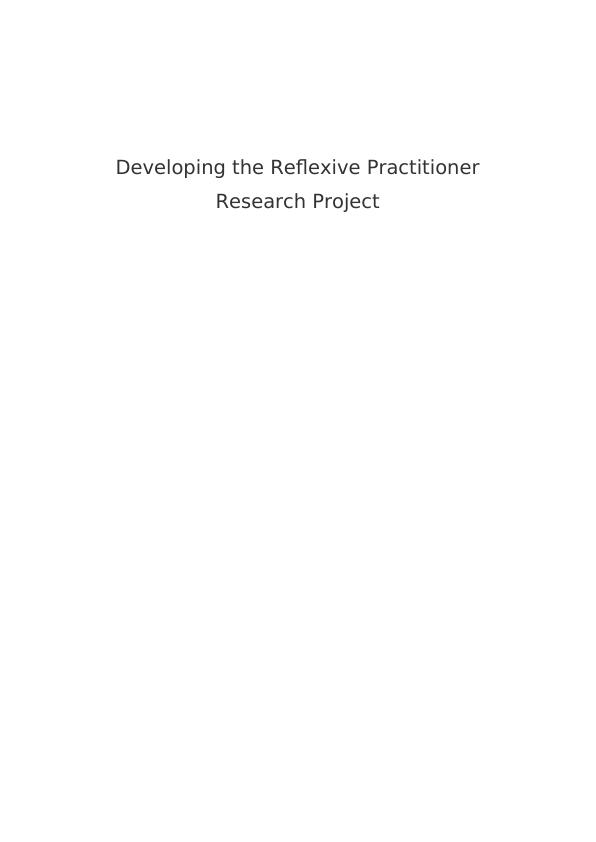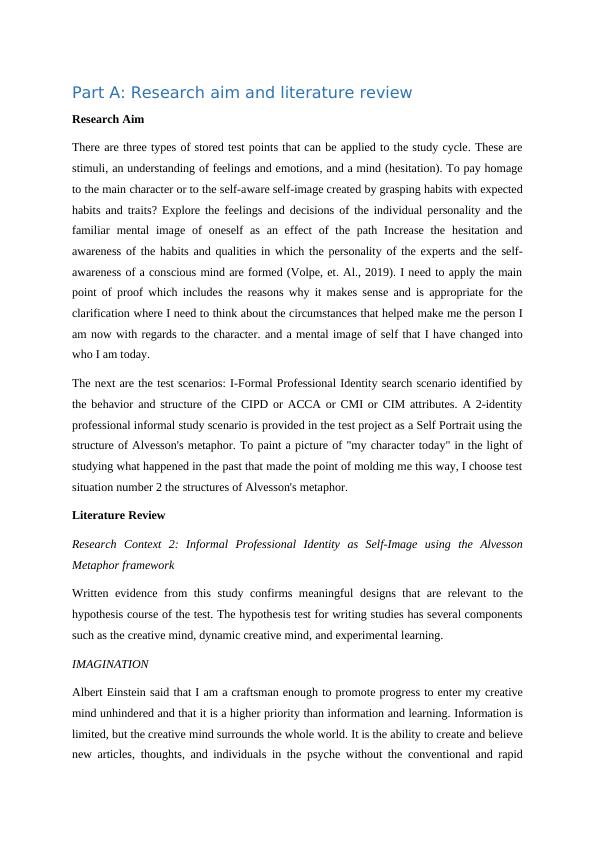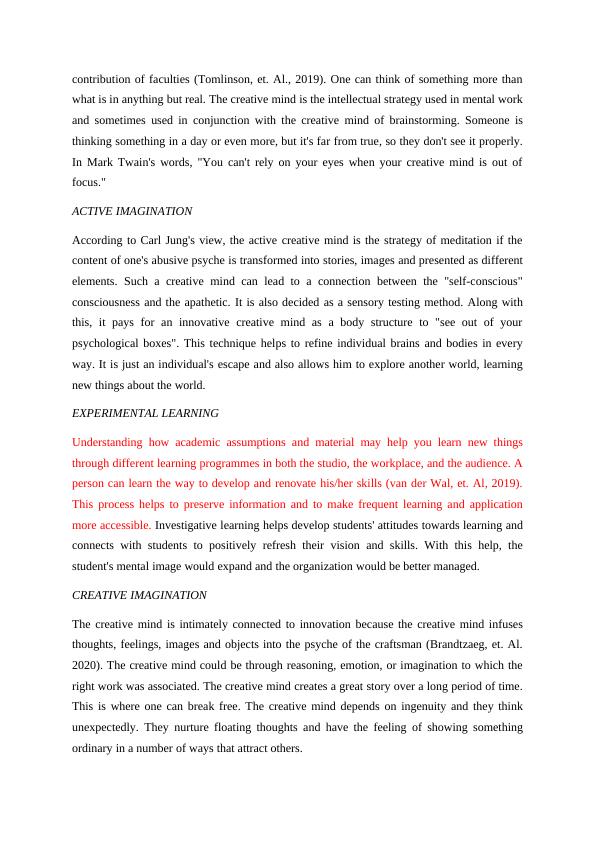Developing the Reflexive Practitioner Research Project
13 Pages3633 Words62 Views
Added on 2022-11-30
About This Document
This research project focuses on developing a reflexive practitioner through reflection and self-awareness. It explores the concept of professional identity formation and the role of reflection in learning. The project includes a literature review on informal professional identity and the use of imagination, experimental learning, and creative imagination. The methodology involves activity analysis, reflective conversation, and the Johari Window model. The project aims to enhance understanding and promote personal growth in the field of study.
Developing the Reflexive Practitioner Research Project
Added on 2022-11-30
ShareRelated Documents
End of preview
Want to access all the pages? Upload your documents or become a member.
Applying Critical Reflective Practice Part A: Research Aim and Context
|11
|4449
|377




